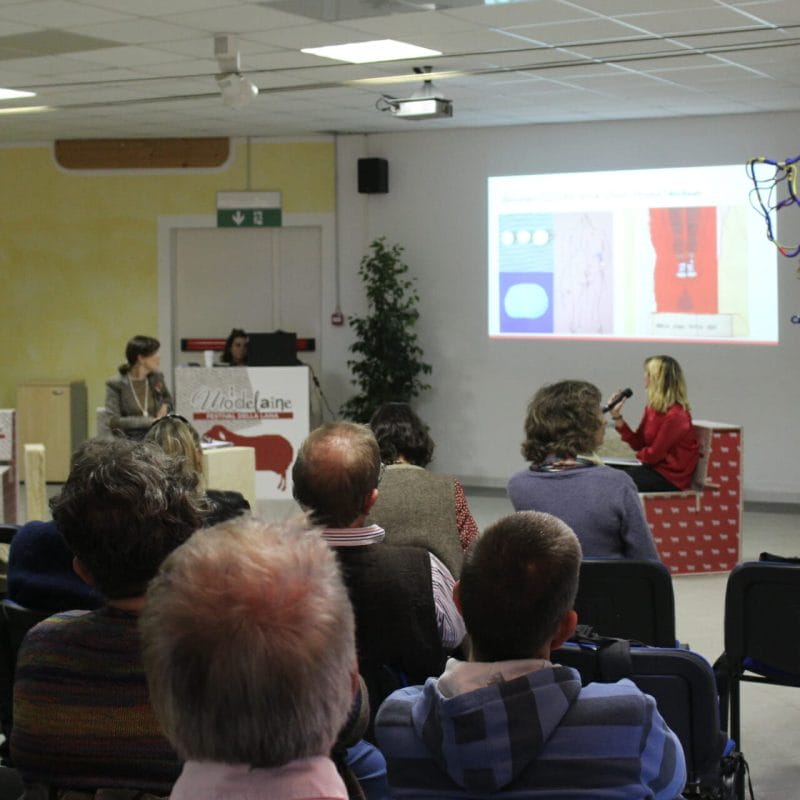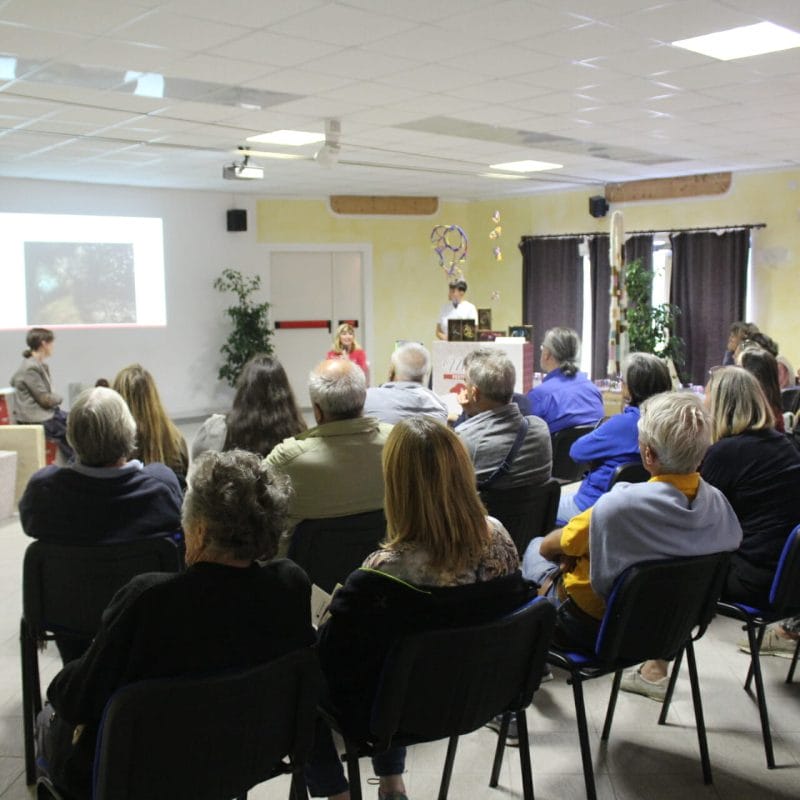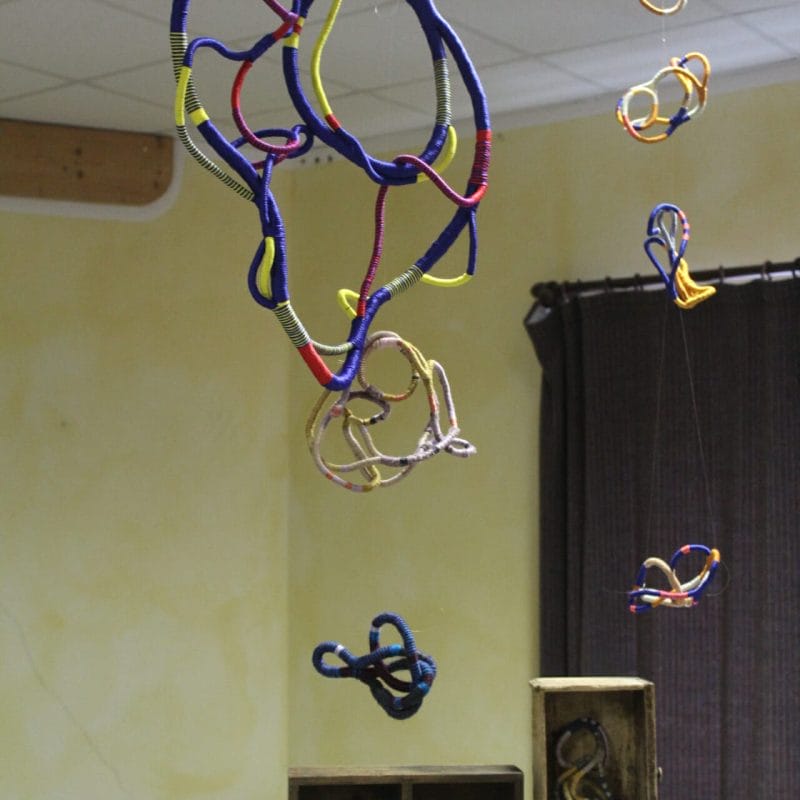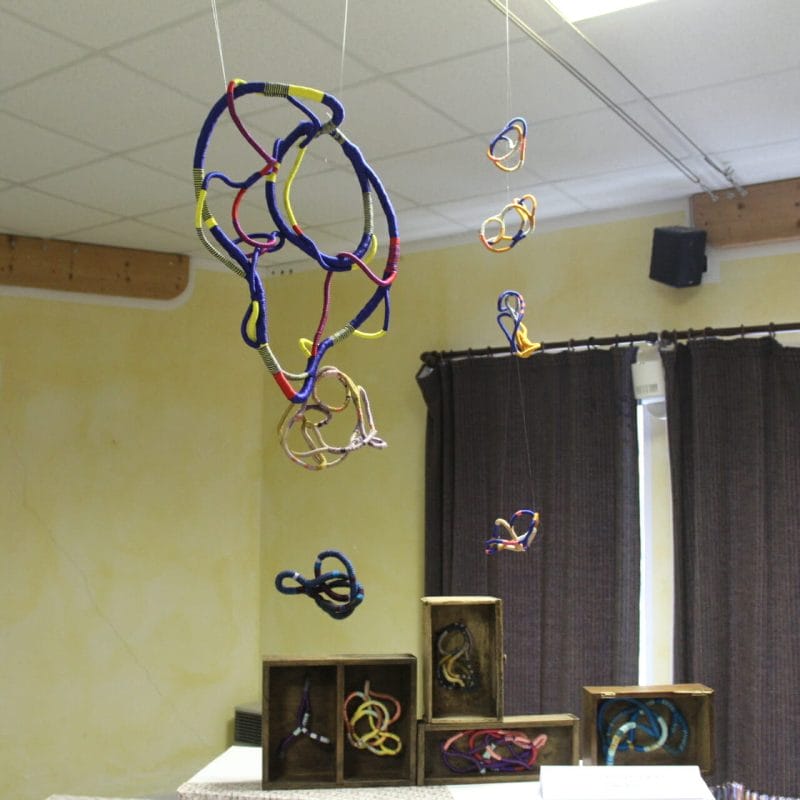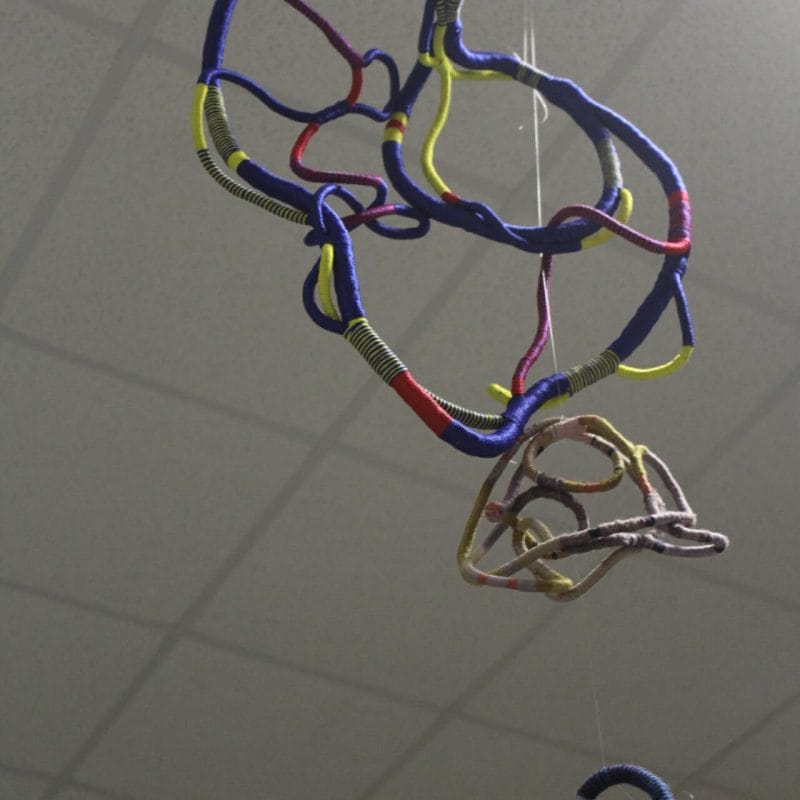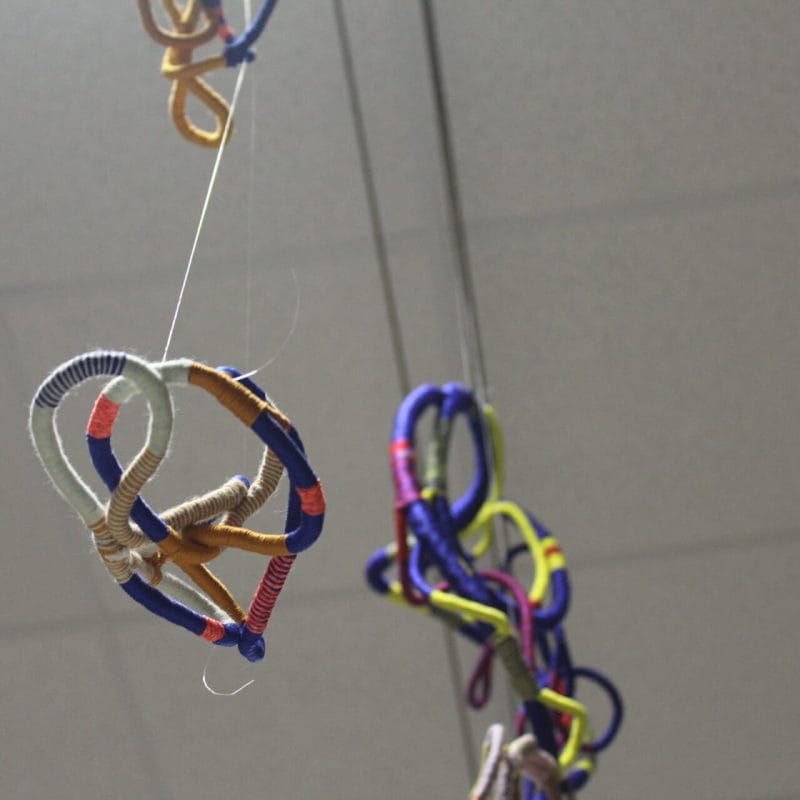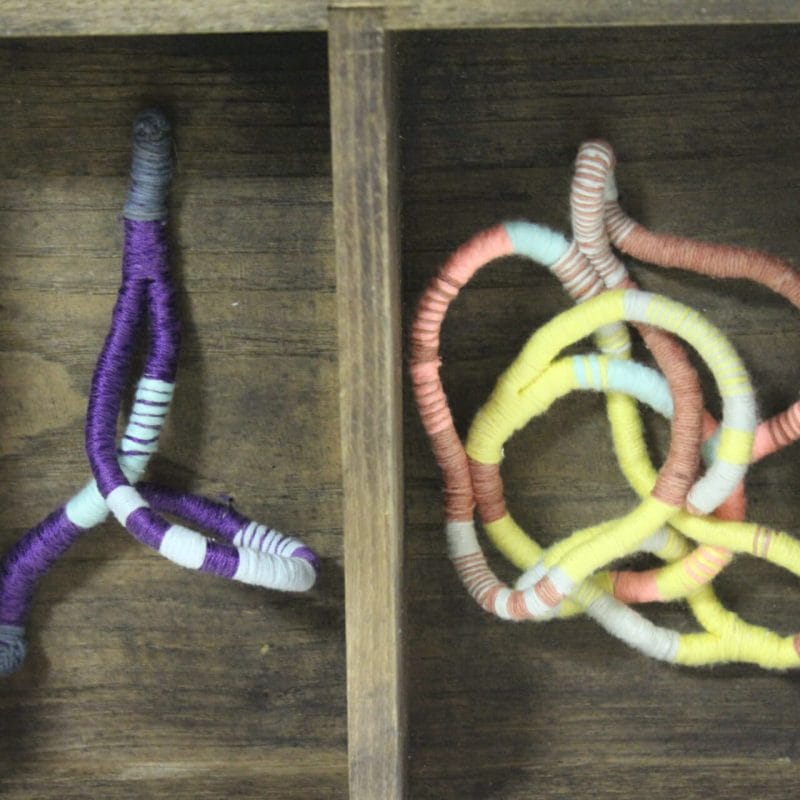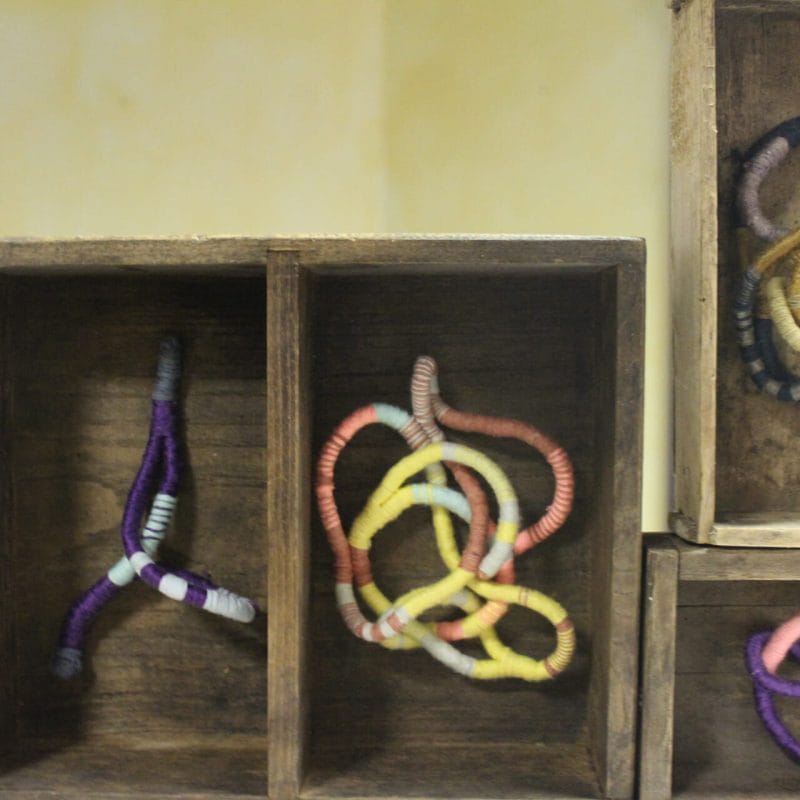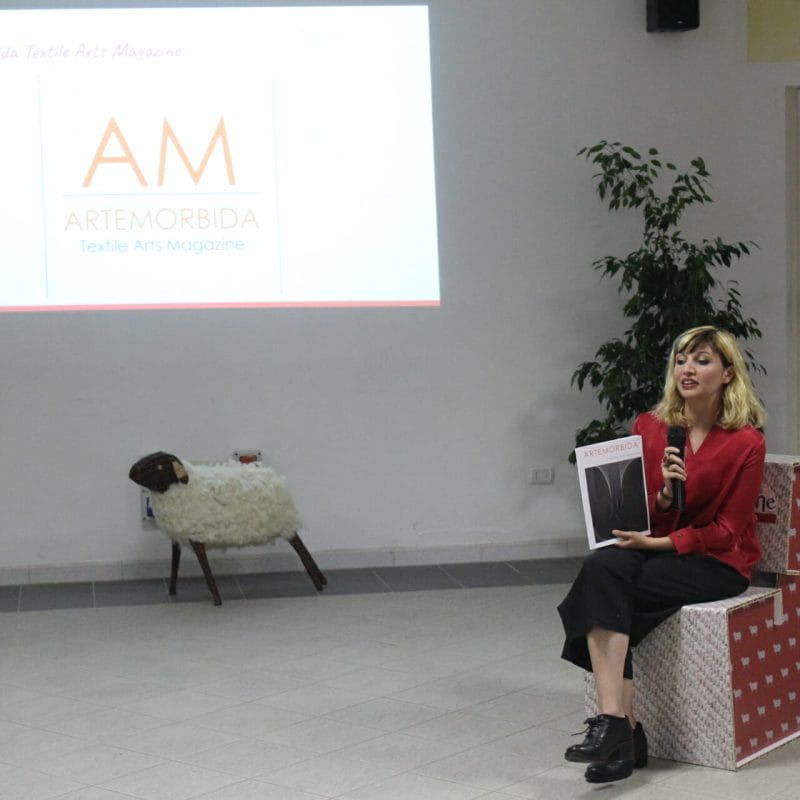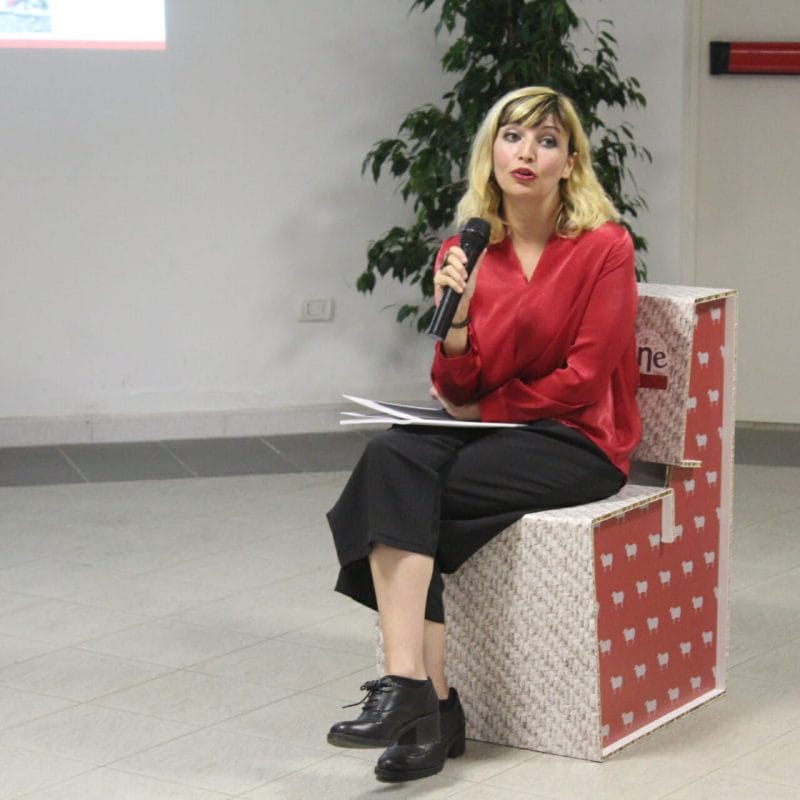THE POSSIBLE FUTURE OF WOOL AS PROTAGONIST OF MO’DELAINE
In the evocative setting of Valgrisenche (Aosta), the fourth edition of Mo’delaine, Wool Festival, was held in the first weekend of September. The project, conceived by Les Tisserands – Société Coopérative – Drap de Valgrisenche, is an event whose protagonist is wool, enhancing the multiple potentials under different aspects and forms. The event divided into several appointments saw the participation of a large and heterogeneous audience. During the two days of the Festival, the small town of Valgrisenche (which has less than 192 inhabitants) hosted the conference, the screening of documentaries, the fair of handicrafts, as well as workshops for adults and children, art exhibitions and guided tours that involved the Multipurpose Hall Le Vieux Quartier, the Church Square and the Atelier Les Tisserands, involving the local population in the organization.
The event was opened by the conference “Wool beyond textiles”, moderated by journalist Alessandra Borre, which was attended by various entrepreneurial realities, including experts in the textile sector who proposed innovative ideas such as that of Almalana represented on this occasion by Luca Bernardini (Commercial Director), a startup that invested in the creation of a blend of organic fertilizers based on sheep’s wool to be used in the agricultural industry and beyond. A project that started in 2019 and will enter the market in 2023. It is the first company that manages to implement this process using wool. Other speakers in the sector were Pierluigi Damiani and Arcangelo Guastafierro (President and Sales Manager of Berbey), Ivan Aloisio (Founder and CEO of Fortunale). Ample space during the conference was also dedicated to art thanks to the intervention of Michela Cavagna (Fiber Artist) and Margaret Sgarra (curator of contemporary art and collaborator of ArteMorbida). This was followed by the screening of the documentary Stracci by Tommaso Santo – a journey that starts from Prato, the world capital of recycled wool, and goes around the world, discovering the impact on the planet of the excessive consumption that the world of fashion has educated us to.
The widespread exhibition of Michela Cavagna’s works and the intervention on the complex relationship that is established between Fiber Art, curating and setting up by Margaret Sgarra have characterized the aspect dedicated to wool in the context of contemporary art. The Biella-based artist created two installations working specifically for the Festival: Shaman / shaman. The sound of the Earth set up at the entrance and Shaman / shaman. The enfante prodigy at the Multipurpose Room.
The first is made with autochthonous Valdostan wool selvedges, scraps from the processing of the loom, while the second, inspired by the theme of childhood, evokes a large soft rattle. Cavagna talked about her artistic research and experience in Indonesia, fundamental for personal and professional growth, hence the cultural contamination evident in her works, particularly in the Mini Tangled – textile tangles placed inside wooden drawers recovered from the furniture of her grandparents.The use of the drawer as a container for the work is a metaphor for the processing that precedes the archiving of one’s experience in memory.
The reflection on wool as an artistic medium was addressed by Margaret Sgarra who told us how today textiles have fully entered the contemporary art system and how they are present in public and private collections, in museums, institutions and foundations on a par with other artistic expressions. Historicized artists such as Jannis Kounellis and Chiharu Shiota were the starting point of this visual story that underlined the different forms of the textile language, from site-specific installations, to Yarn Bombing, to soft sculptures,to collages up to the reworkings of the tapestry and the carpet. Sgarra illustrated the activities related to curatorship and the role of the curator in the realization of an exhibition also through concrete examples of recently completed projects in which the focus was linked to Fiber Art, concluding her speech with the presentation of ArteMorbida now considered by many to be one tool for disseminating and promoting knowledge of contemporary textile arts with a broad view of the international scene.
The success of this fourth edition was the pretext to start planning the next one: as Luana Usel confirmed to us, there are many ideas that she and her team are thinking about, certainly more space will be dedicated to contemporary art, also hoping for a ever greater collaboration with our magazine and the involvement of textile artists for the residences connected to the Les Tisserands atelier.



